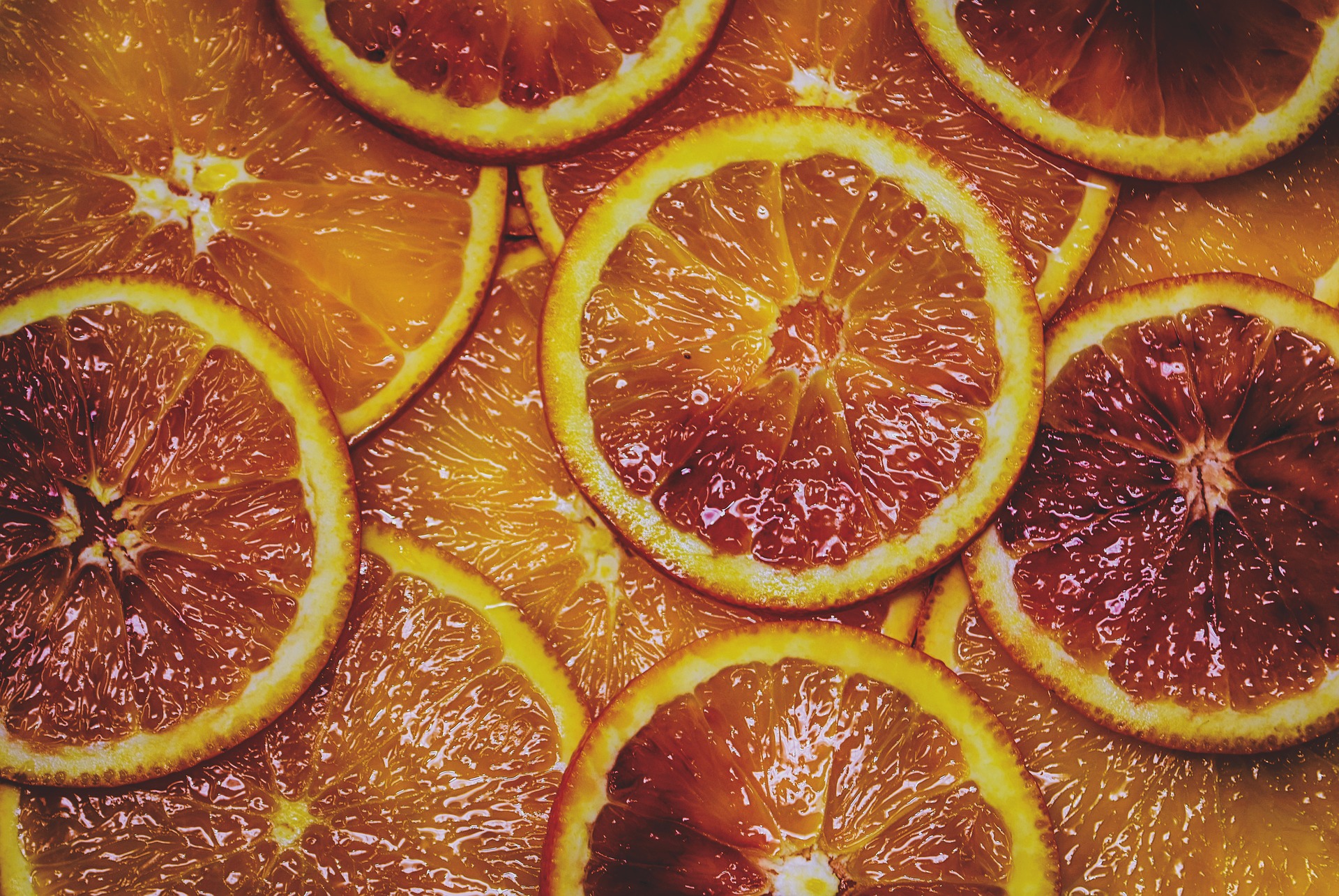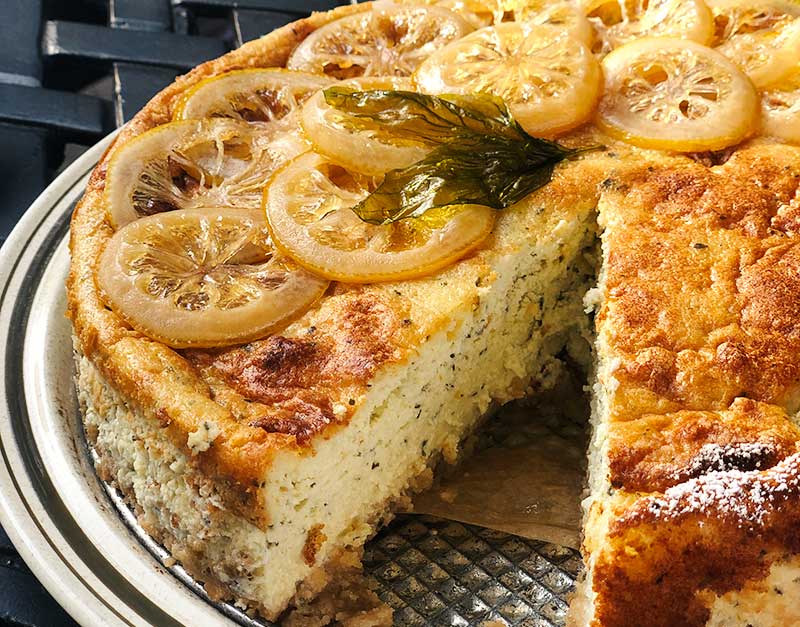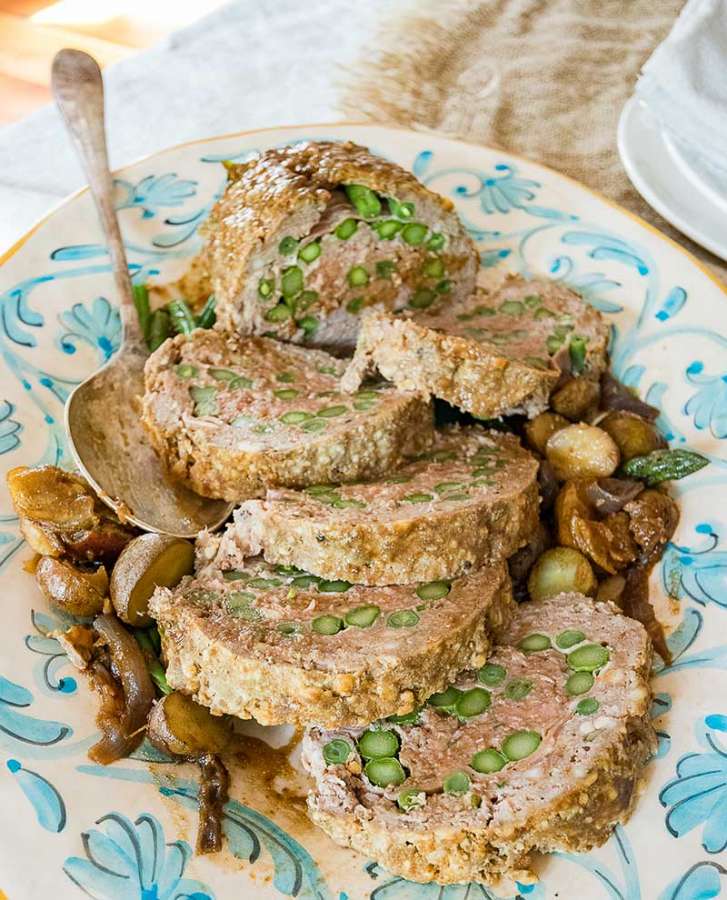Feeling the winter blues? Ready to put some pizazz back in your palate? Brightly hued blood oranges will certainly do the trick.
Aah, the winter beiges. Trips to the local farm market this time of year tend to be rather uninspiring – those fresh heaps of summer colorful produce have been replaced by mountains of (mostly) beige root vegetables.
Do not get me wrong – I absolutely love a good rutabaga or celery root. I enthusiastically jump in with both feet at the start of the root vegetable season but by February, with snow piling up outside, everything just starts to feel – well, beige.
However, my trip to the farm market this past week was about to take a turn for the better. There, sitting in some brightly colored baskets, was a huge pile of gorgeous red hued blood oranges. It was as if a light from above was shining directly on that basket; those little red-orange orbs glowing brightly; their skin hiding that gorgeous burnt orange flesh and juice contained within.
Flashbacks to winter in Sicily; and like watching the lava flow down Mount Etna amidst snow covered slopes; these little beauties were about to add some warmth to my beige winter palate. Bring on the pizazz!
I have included two recipes below. While contemplating what to make with your bounty of blood oranges, whip up a batch of blood orange sangria to lift your spirits. For me, I paired a beautiful crimson sauce with creamy sautéed scallops. Add blood oranges to your roast chicken. Whisk some blood orange juice into a simple vinaigrette or your favorite sorbet recipe. Sunshine in a bowl!
Whatever your choice, let your winter spirit soar amidst your beautiful bounty of crimson happiness.
Buon appetito!
Sautéed Scallops with Blood Orange Sauce
Ingredients:
• 6 blood oranges (divided)
• 4 tablespoons butter, divided
• About 1 ½ pounds of scallops
• 2 medium shallots, minced
• 2 cloves garlic, minced
• ½ cup dry white wine
• Salt and freshly ground black pepper
Preparation:
Zest one of the blood oranges into a medium bowl. Juice the orange that was zested along with 4 other oranges (5 in total). Trim all the peel and white pith from the remaining orange. Hold the peeled orange over the bowl containing the juice. Using a sharp knife, cut the sections from the membrane and place them into the bowl. Give the remaining membrane a good squeeze over the bowl and discard.
In a large sauté pan over high heat, melt 2 tablespoons of the butter. Add the scallops and sear, turning once, until both sides are nicely browned – about 3 minutes per side. Transfer to a plate and keep warm.
In the same pan over medium heat, melt 1 tablespoon of the butter. Add in the shallots and garlic. Sauté until softened, about 3 minutes. Add in the wine and blood orange juice. Continue to cook until the liquid is reduced by about half, about 8 minutes. Season to taste with salt and pepper. Stir in the remaining tablespoon of butter.
Spoon some of the blood orange sauce onto warmed serving plates. Top with a few scallops. Spoon some of the blood orange sauce over the scallops and place an orange segment or two on top of each scallop. Serve!
Blood Orange Sangria
Ingredients:
• 6 blood oranges (plus 2 extra for slicing for serving)
• Sugar for rimming the glass
• 1 bottle of dry white wine
• ½ cup brandy
• Juice from 2 limes
• Additional fruit if desired (you can use a mixture of citrus, strawberries, blackberries – whatever suits your taste)
Preparation:
Zest one of the blood oranges and combine it well with some sugar in a small bowl. Reserve for rimming the glasses.
Juice 6 of the blood oranges (including the one that was zested) discarding any seeds. Slice the remaining 2 blood oranges into wheels. Reserve a few for garnishes for the glasses.
In a large pitcher, combine the blood orange juice, white wine, brandy, lime juice and blood orange slices. Add in any other fruits if using. Stir well. Put in the refrigerator to chill for a few hours.
Run a slice of lime or lemon around the rim of each glass. Dunk each glass in the sugar/orange zest, coating the rim well. Fill each glass with a few ice cubes, add in some fruit from the sangria. Pour in the sangria and serve!
Author’s note: I tend to like my sangria on the dry side – feel free to add in a bit of simple sugar to sweeten. (Combine equal parts sugar and water in a small heavy saucepan until sugar is dissolved. Sweeten to taste.) You can also substiute Campari or Aperol in place of the brandy.
Joe and Michele Becci are a brother and sister team who love all things Italian. Together, from opposite coasts, they co-author the blog OurItalianTable.com.






























